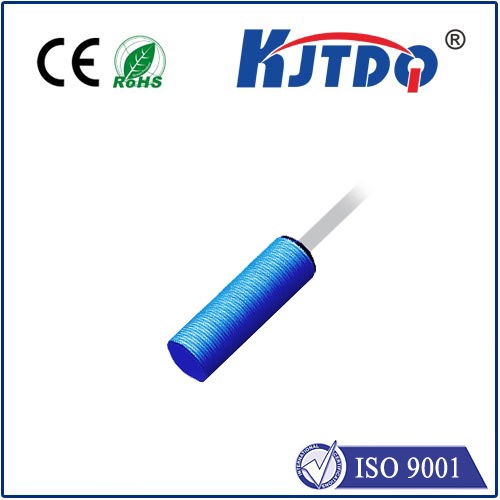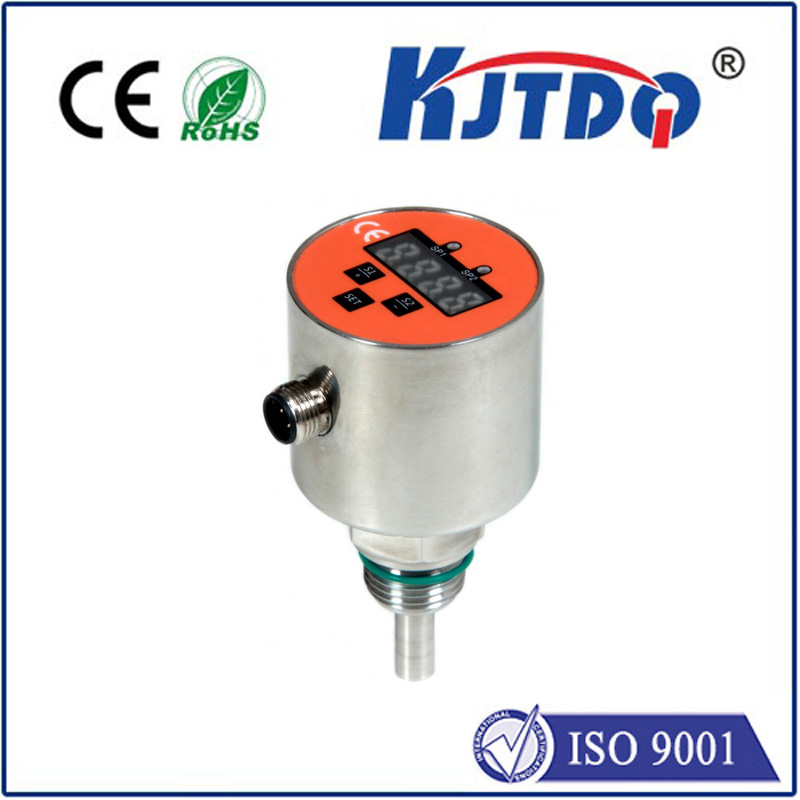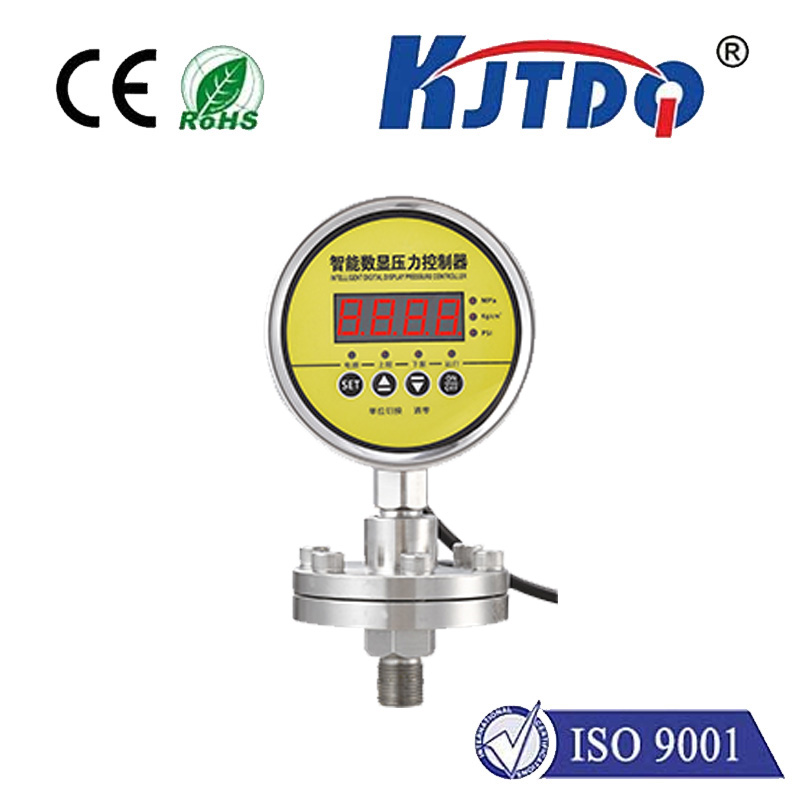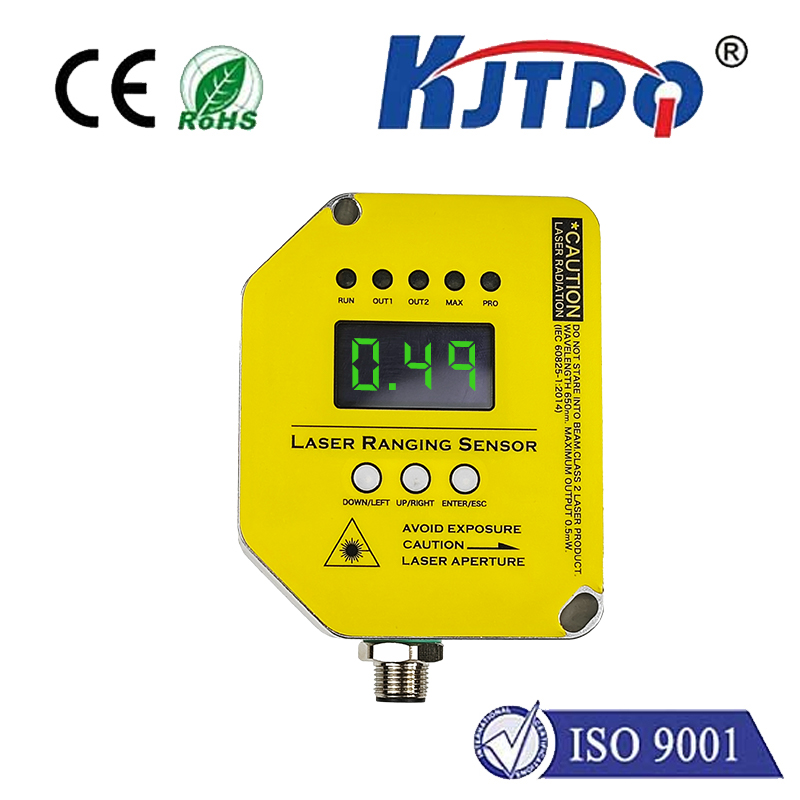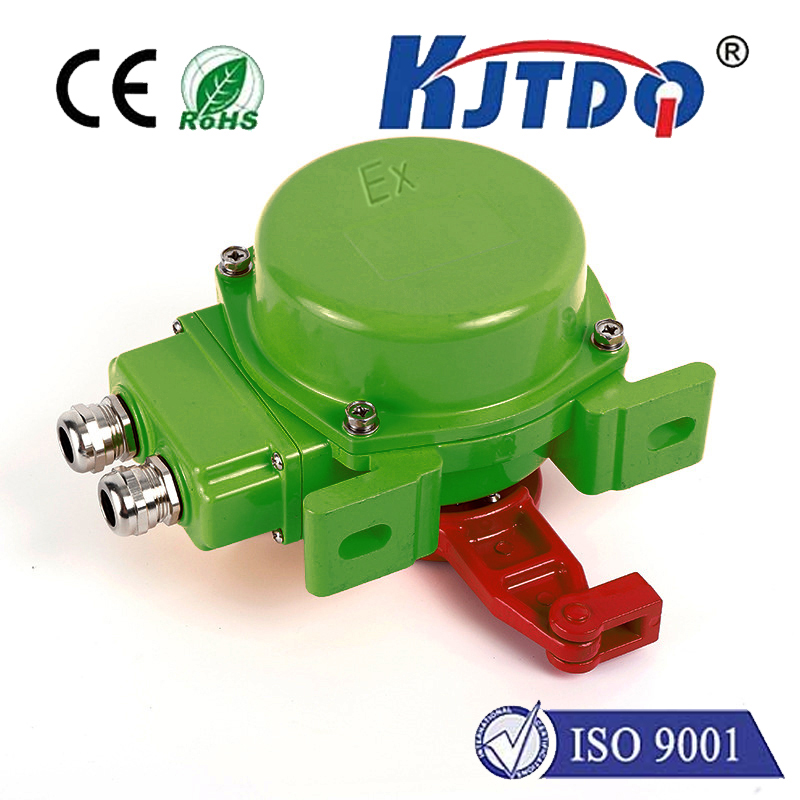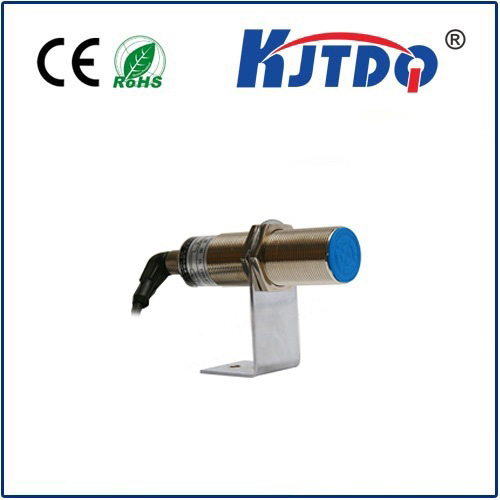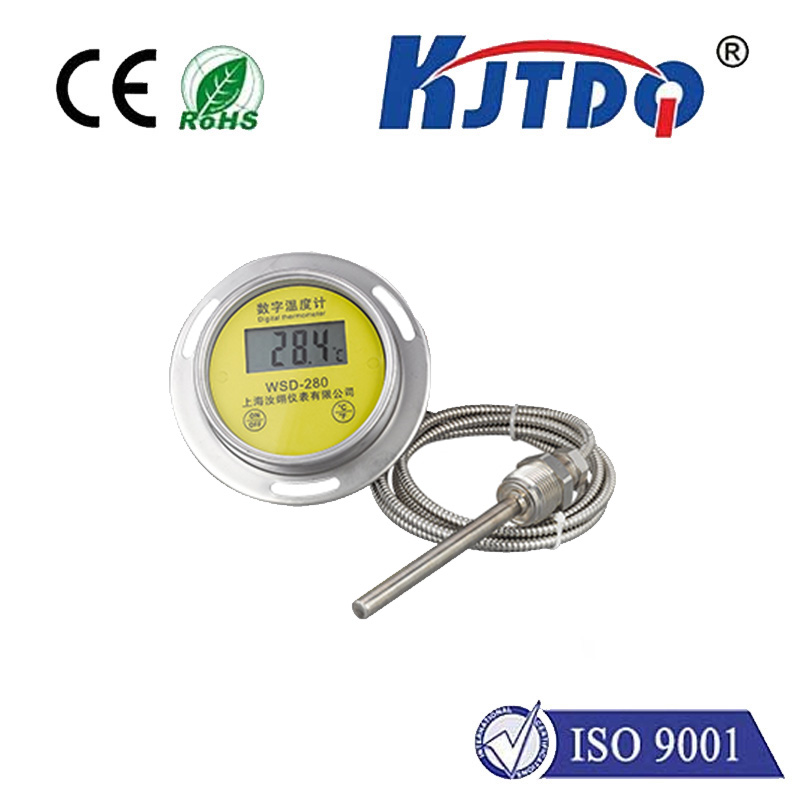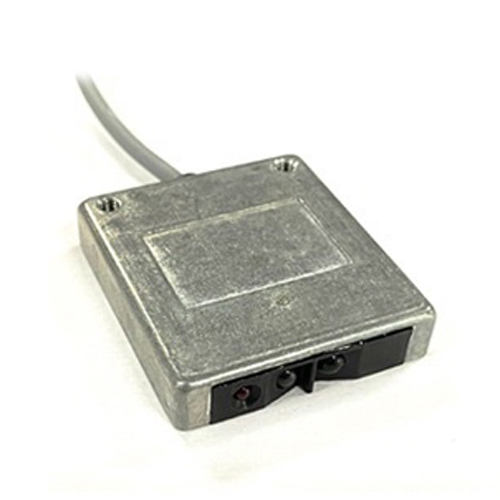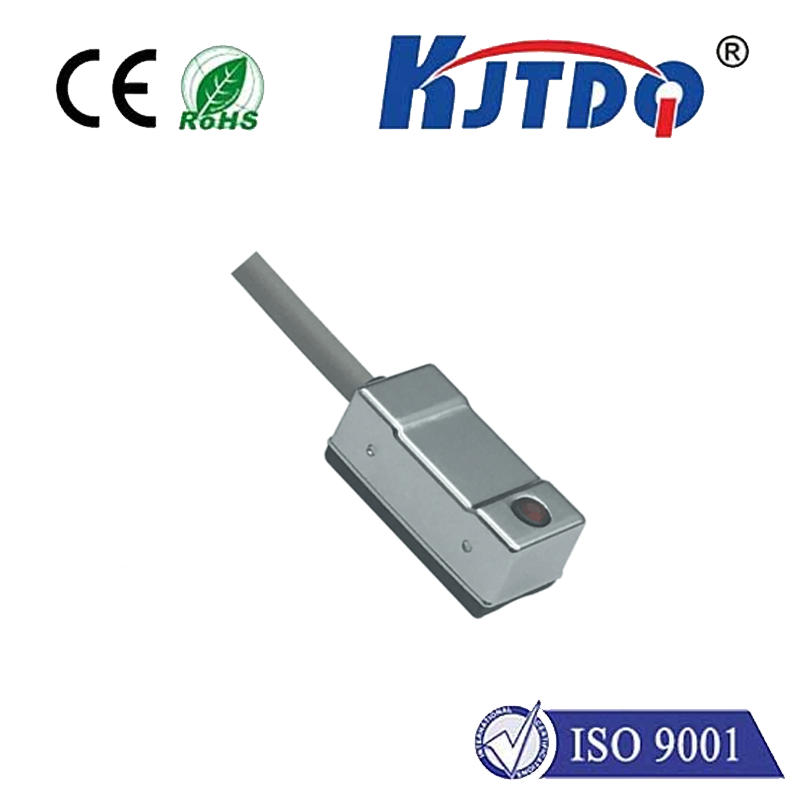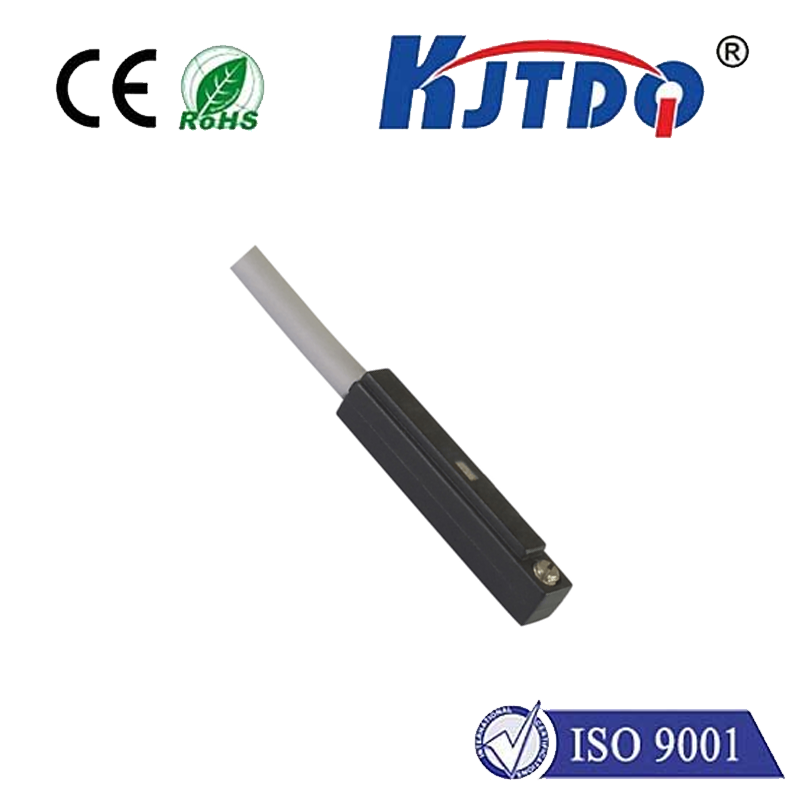piezoresistive sensors
- time:2025-08-23 04:53:43
- Click:0
Piezoresistive Sensors: The Hidden Force Behind Modern Pressure Sensing
Think about the last time you used your smartphone. Did you scroll through social media, perhaps adjusting the volume? Or maybe you drive a modern car, relying on tire pressure monitoring for safety. Behind these everyday interactions lies a fundamental technology: the piezoresistive sensor. These unassuming devices translate physical force – pressure, weight, strain, or acceleration – into measurable electrical resistance changes, forming the backbone of countless applications we often take for granted.
The Core Principle: Resistance Under Pressure
At the heart of every piezoresistive sensor is the Piezoresistive Effect. This fascinating phenomenon describes how the electrical resistance of certain materials changes significantly when subjected to mechanical stress or strain. It’s not simply about stretching a wire thinner (which also increases resistance); the piezoresistive effect involves an intrinsic change in the material’s resistivity due to alterations in its atomic lattice structure under deformation. This change is far more pronounced than in ordinary conductors, making it ideal for sensitive detection.
While observed in some metals, the effect is exceptionally strong in semiconductor materials, particularly silicon (Si) and germanium (Ge). This is crucial because silicon is the bedrock of modern microelectronics, enabling the miniaturization and integration of sensors using MEMS (Micro-Electro-Mechanical Systems) technology.
How They Work: From Force to Signal

- The Sensing Element: This is typically a thin layer or diaphragm made from a piezoresistive material like doped silicon. It can be a simple resistor pattern or integrated into a Wheatstone bridge circuit for higher sensitivity and temperature compensation.
- Application of Force: When pressure, force, or acceleration is applied to the element, it deflects or deforms. This deformation induces mechanical stress and strain within the material.
- Resistance Change: The applied stress alters the interatomic distances and electron/hole mobility within the semiconductor’s crystal lattice. This intrinsic change in the material’s resistivity (not just its geometry) causes its electrical resistance to increase or decrease.
- Signal Conversion: The change in resistance is relatively small. Integrated electronics within the sensor package amplify this change and convert it into a usable output signal, usually a voltage or current proportional to the applied force or pressure. The high sensitivity of semiconductor piezoresistors makes detecting minute changes feasible.
Fabrication and Materials: The MEMS Revolution
The widespread adoption of piezoresistive sensors is largely due to advances in MEMS Fabrication. Using techniques derived from the semiconductor industry (like photolithography, etching, and thin-film deposition), miniaturized sensor diaphragms with integrated piezoresistors can be mass-produced on silicon wafers with incredible precision and consistency.
- Silicon: The dominant material. Its strong piezoresistive effect, excellent mechanical properties, and compatibility with IC fabrication are unmatched. Doping silicon with elements like boron or phosphorus fine-tunes its electrical properties.
- Polysilicon: Used as thin-film piezoresistors on non-silicon diaphragms (like silicon nitride) or for structural layers in complex MEMS devices.
- Other Materials: Certain polymer composites with conductive fillers (like carbon nanotubes or graphene particles) exhibit piezoresistive behavior, enabling flexible and inexpensive sensors for specific applications.
Key Advantages Driving Adoption
- High Sensitivity: Detect minute pressure changes effectively.
- Relatively Simple Design & Operation: Easier to interface with electronics compared to some other sensor types (e.g., capacitive).
- Excellent Linearity (within range): Output signal closely follows the input pressure/force.
- Robustness: Solid-state nature generally makes them more robust and resistant to shock/vibration than some alternatives.
- DC Response: Can measure static (non-changing) pressures or forces, unlike piezoelectric sensors which only respond to changes.
- MEMS Compatibility: Allows for extreme miniaturization, batch fabrication (dramatically lowering cost), and integration with signal conditioning electronics on a single chip (creating smart sensors).
- Wide Operating Range: Available for pressures from a few Pascals to thousands of Bar.
Ubiquitous Applications: Sensing the World
Piezoresistive sensors are literally everywhere:
- Automotive: Tire Pressure Monitoring Systems (TPMS), manifold air pressure (MAP) sensors, brake fluid pressure, fuel tank pressure, oil pressure, exhaust gas recirculation (EGR) pressure, crash detection accelerometers.
- Medical & Health: Wearable Technology for monitoring vital signs (blood pressure indirectly via pulse wave, respiration), infusion pumps, hemodialysis machines, patient monitoring systems, implantable devices.
- Industrial Process Control: Pressure transmitters for liquids and gases, level sensing in tanks, flow measurement (differential pressure), leak testing, hydraulic and pneumatic system monitoring.
- Consumer Electronics: Altimeters in smartphones and smartwatches, touch pressure sensing for enhanced UI, water depth detection in waterproof devices, fitness tracker step counting (accelerometers).
- Aerospace: Cabin pressure, altitude sensing, engine monitoring, structural health monitoring (strain gauges).
- Prosthetics & Robotics: Providing tactile feedback and grip force control.
- Research & Development: Material testing, wind tunnel experiments, micro-force measurement.
Considerations and Challenges
While powerful, piezoresistive sensors aren’t perfect. Understanding limitations is key:
- Temperature Sensitivity: Resistance changes significantly with temperature, requiring careful design (e.g., using Wheatstone bridges with dummy resistors) and/or electronic compensation.
- Hysteresis: Output may differ slightly when pressure is increasing vs. decreasing, especially near range limits.
- Drift: Output can slowly change over time even under constant pressure.
- Non-Linearity (at extremes): Performance deviates from a straight line at very low or very high pressures relative to the sensor’s designed range.
- Self-Heating: Current passing through the resistor generates heat, which can cause drift or measurement errors (managed by careful circuit design).
The Future: Smart Sensing and New Frontiers
The evolution continues. Integration of piezoresistive sensors with microcontrollers, wireless communication (like Bluetooth Low Energy), and AI edge processing is creating highly sophisticated Smart Sensors capable of local data analysis, diagnostics, and predictive maintenance. Exploration of novel nanomaterials (like graphene) promises even higher sensitivity, flexibility, and operating ranges. The drive towards miniaturization and cost reduction via advanced MEMS will further embed these sensors into the fabric of our increasingly connected world.
From the gentle tap on your screen to critical measurements in jet engines and hospital equipment, piezoresistive sensors translate the physical forces acting on our world into the digital language of modern technology. Their blend of sensitivity, robustness, and manufacturability ensures they will remain an indispensable force in sensing for decades to come.












